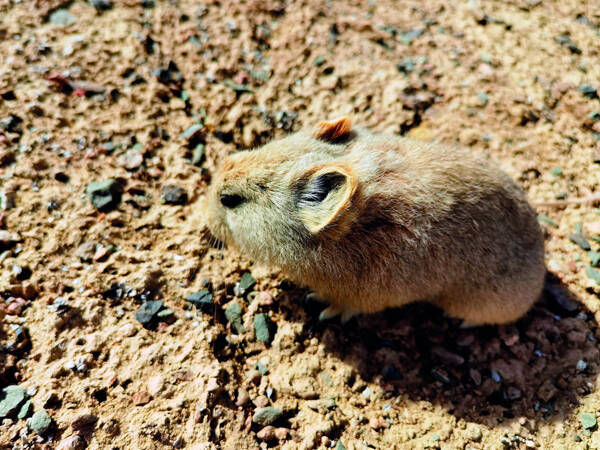
The taxonomic status of the Ladakh pika is relatively stable. However, due to the small number of specimens, the research is not in-depth, and the ecological research is almost blank. Therefore, it is a species that is little known. From the distribution habitat, its habitat is a hilly plateau surfa...

The classification status of the Tarim rabbit is stable, but there is a lot of controversy about which species group it belongs to. The number of Tarim rabbits is small. They adapt to a dry climate with little rain (annual rainfall is less than 100mm) and small oases with summer temperatures as high...
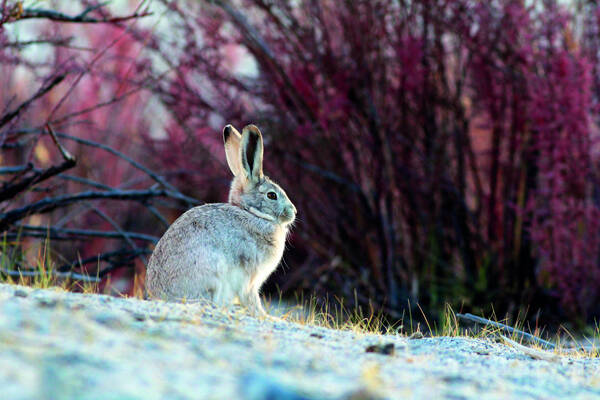
Mongolian rabbits are active both day and night, but are most active at dusk. The number of Mongolian rabbits is relatively small. In the plains, Mongolian rabbits mostly live in semi-desert and desert steppes, oases, or Artemisia grass steppes with halophytes, and in the woods, canal banks, fallow...

The snow hare is the earliest rabbit species to be named. The species classification is stable, but there are many subspecies and some confusion. This species is very cold-resistant and lives in the taiga forest in the Arctic Circle or close to the Arctic. The snow hare is one of the representative...

The classification status of the Tibetan rabbit is very confusing. It was not until 1930 that it was considered an independent species. Later, it was listed as a subspecies of the plateau rabbit (<Lepus oiostolus>), and was also listed as a subspecies of the Mongolian rabbit (<Lepus tolai&g...
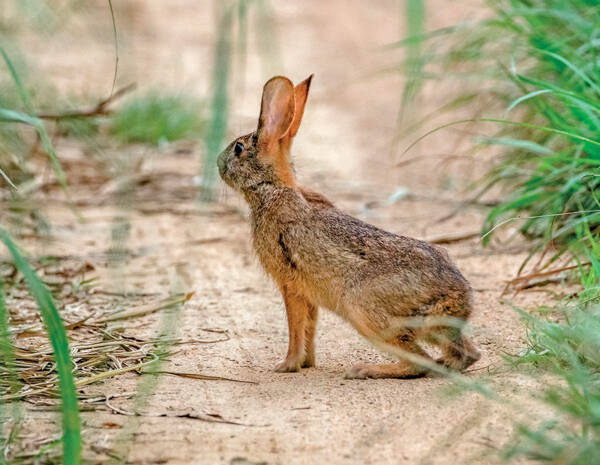
The classification of South China rabbit is somewhat controversial. The Korean rabbit (Lepus coreanus) distributed on the Korean Peninsula was once included in this species. However, the Korean rabbit has a relatively longer tail.South China rabbit is a pure herbivorous animal, eating various weeds,...
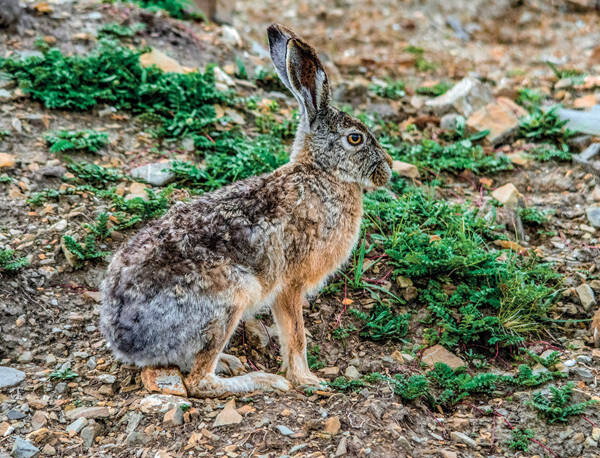
Plateau rabbits are herbivorous animals. In agricultural areas, they feed on young stems, buds, flowers, fruits, tubers and various weeds of crops. Many types of crops are harmed, such as wheat, beans and vegetables. 80%~90% of its food is various crops, and weeds only account for 10%~20%. In pastor...
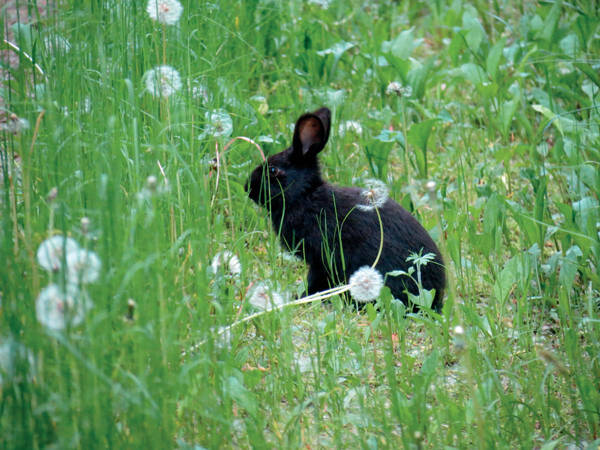
This species is controversial in classification. It was once considered to be the Northeast Black Rabbit (<Ochotona melaninus>) and was also included in the Japanese Short-tailed Rabbit (<Lepus brachyurus>). It mainly lives in forests. It is herbivorous and sometimes eats tree bark.North...
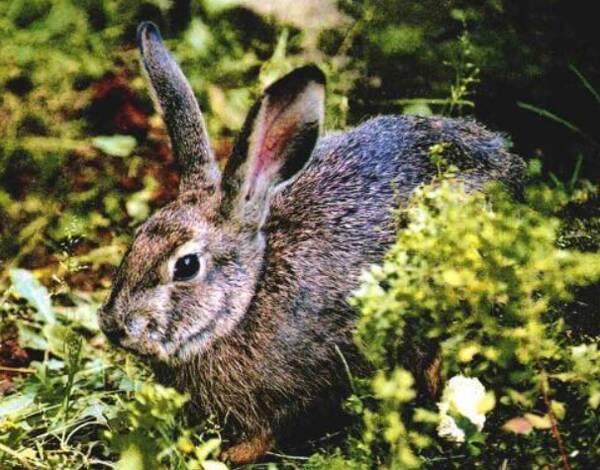
In the past, Yunnan rabbits were long considered a subspecies of the plateau rabbit (Lepus oiostolus). Mr. Luo Zexun, a famous rabbit scientist in my country (1981), finally recognized Yunnan rabbits as an independent species, which was later widely recognized. There are three subspecies, and whethe...
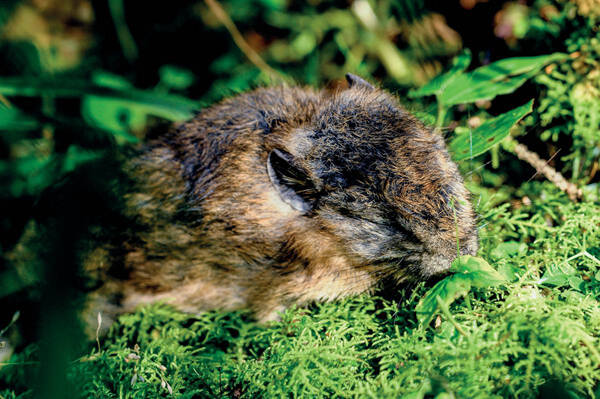
The Changbai Mountain pika belongs to the <Pika> subgenus. It has a narrow distribution range. It was first discovered in northern Korea as an independent species. Later, it was considered a subspecies of the alpine pika. Liu Shaoying et al. (2016) found it to be an independent species through...
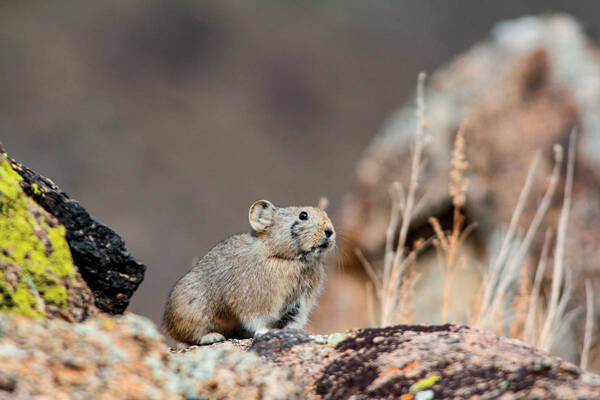
The Mongolian pika belongs to the subgenus <Pika>, and its classification is very confusing. Sometimes the Mongolian pika produced in Ningxia is regarded as an independent species - Ningxia pika (<Ochotona argentata>), but molecular systematic studies have found that the Ningxia pika is...
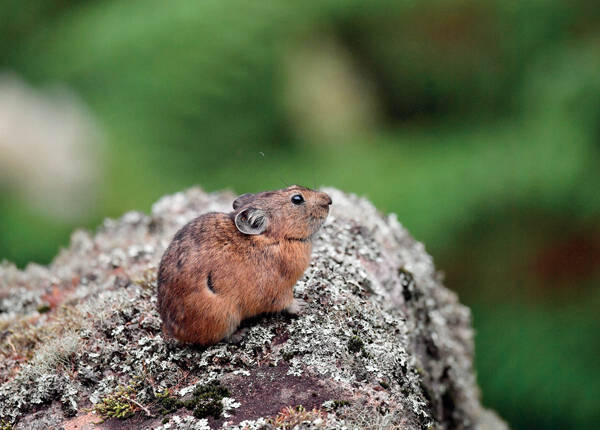
The Manchurian pika belongs to the subgenus <Pika>, and its classification status is very confusing. It was previously a subspecies of the Northeastern pika. Russian scientists (Lissovsky, 2012) regarded it as an independent species, but we doubt the accuracy of this classification and further...
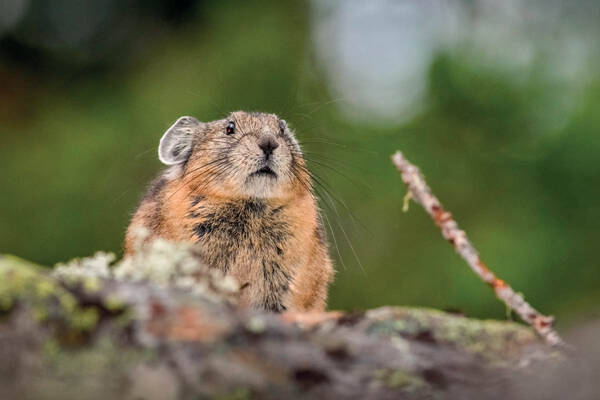
The Alpine Pika belongs to the subgenus <Pika>, and its taxonomic status is stable, but it is easily confused with the Northeastern Pika (<Ochotona hyperborea>). The Northeastern Pika used to be a synonym of the Alpine Pika, and there are many subspecies and synonyms of the Alpine Pika,...
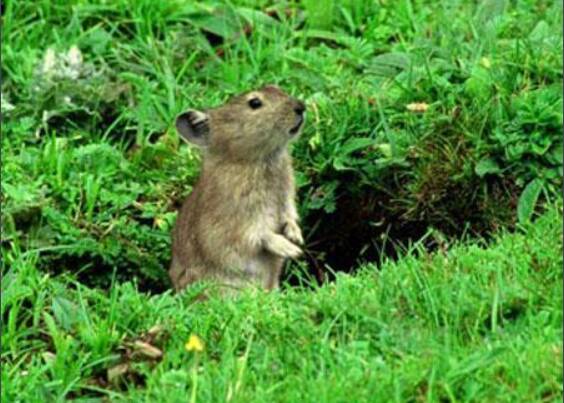
The gray mouse rabbit belongs to the subgenus <Conothoa>, and its species-level classification status is stable. However, it is often confused with the big-eared mouse rabbit (<Ochotona macrotis>) in identification, especially because the color variation of the two species is large, and...

The big-eared mouse rabbit belongs to the subgenus <Conothoa> and is a larger species. It is easy to be confused with the gray mouse rabbit in classification. Their differences are mainly in the measurement of the skull. The auditory bulla of the big-eared mouse rabbit is relatively large, whi...
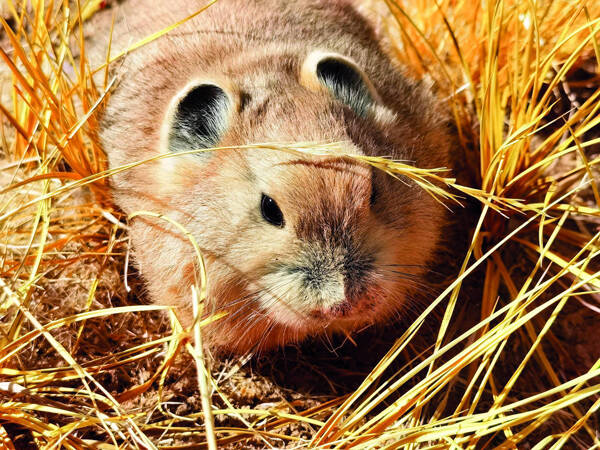
The Kochia pika belongs to the subgenus <Conothoa> and is very rare. It was first collected by a Russian officer in 1884 when he crossed the Keriya Pass from Tibet to the Tarim Basin. It was named by another Russian scientist in 1894. But there has been no record since then. It was not until 1...
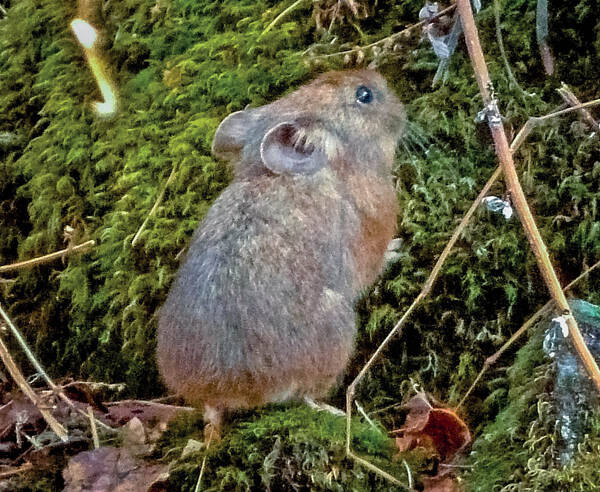
The Himalayan pika belongs to the subgenus <Conothoa>. The species was published by Chinese scientist Feng Zuojian in 1973, but its taxonomic status is controversial. At present, most studies believe that this species is a synonym of the gray pika (<Ochotona raylei>). Liu Shaoying et al....

The gray-necked pika belongs to the subgenus <Conothoa>. The classification of this species is rather confusing. The reddish-brown gray-necked pika in Gaoligong Mountain was once regarded as a new species - Gaoligong pika (<Ochotona gaoligongensis>). Molecular biological research results...
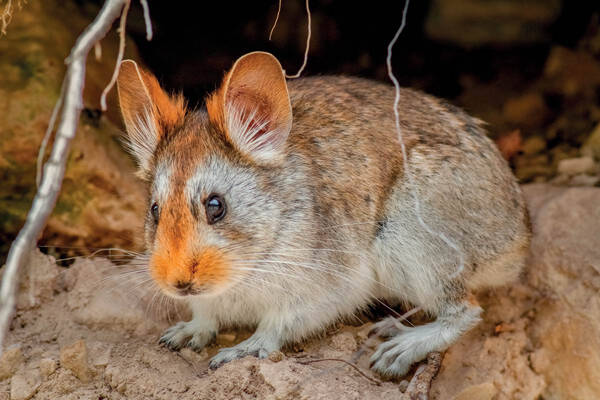
The Sichuan pika belongs to the subgenus <Conothoa> and was once classified as a synonym of the red-eared pika. In Muli, Sichuan, a new subspecies (<O. gloveri muliensis>) was once named. Later, many people regarded it as an independent species. Liu Shaoying et al. (2016) confirmed throu...
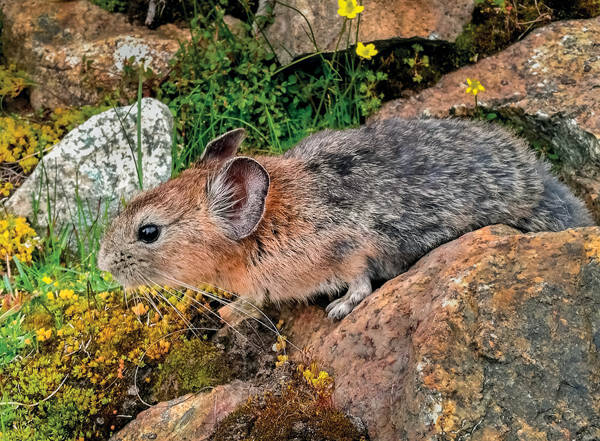
The Chinese pika belongs to the subgenus <Conothoa>. The species was first published by Thomas (1911) as a subspecies of the gray pika (<Ochotona roylei chinensis>). After the publication, no scientist has collected and studied this taxon. Russian scientist Lissovsky (2013) believed that...